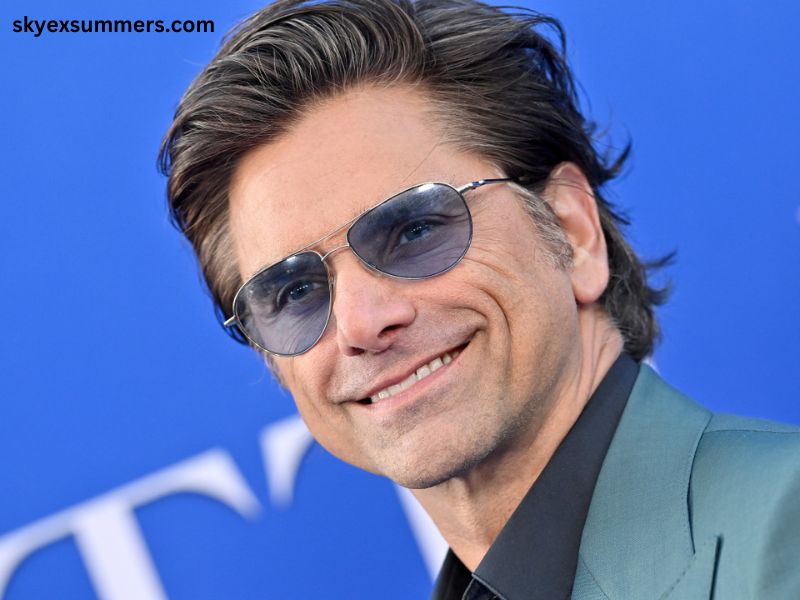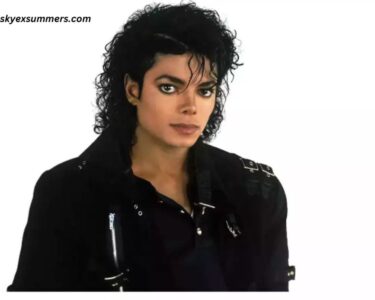Michael Jackson, often referred to as the “King of Pop,” was one of the most iconic entertainers in history. With a career that spanned more than four decades, Jackson revolutionized music, dance, and entertainment, leaving an indelible mark on the world. However, his journey wasn’t without controversy, particularly surrounding his physical appearance and personal life. The evolution of Michael Jackson, both before and after his rise to global superstardom, is a story of talent, struggle, transformation, and enduring legacy.
Early Life and Beginnings in the Jackson 5
Michael Joseph Jackson was born on August 29, 1958, in Gary, Indiana, into a family of talented musicians. He was the eighth of ten children in the Jackson family, who were deeply involved in music. His father, Joe Jackson, recognized the potential in his children and began grooming them for success at an early age. Michael, along with his older brothers Jackie, Tito, Jermaine, and Marlon, formed the Jackson 5 in 1964.
As the youngest member of the group, Michael quickly stood out for his incredible vocal ability and captivating stage presence. The Jackson 5’s early success came with hits like “I Want You Back,” “ABC,” and “I’ll Be There,” propelling them into the spotlight. Michael, with his natural charisma and powerful voice, became the undeniable star of the group. His childhood, however, was marked by rigorous training, discipline, and a lack of the normal experiences that other children his age enjoyed.
Despite the fame and success, Michael often spoke about the challenges he faced during his early years. His father was known for his strict and sometimes abusive parenting style, which had a lasting impact on Michael’s psyche. The pressure to succeed, coupled with the constant scrutiny of his personal life, began to shape Michael in ways that would become more evident in the years to come.
The Transformation: Music, Fame, and Physical Changes
Michael Jackson’s solo career began in earnest in the late 1970s, and by the 1980s, he had become a global phenomenon. His 1982 album, Thriller, remains the best-selling album of all time, with iconic tracks like “Billie Jean,” “Beat It,” and the title track “Thriller.” Jackson’s music videos, especially the groundbreaking “Thriller” short film, set new standards for the music industry, blending music, storytelling, and dance in innovative ways.
However, as Michael’s fame grew, so did speculation about his appearance. In the early years of his career, Jackson had dark skin, wide features, and an afro hairstyle that was typical of his African American heritage. By the mid-1980s, however, noticeable changes in his appearance sparked rumors and controversy. His skin began to lighten, and his facial features seemed to become more refined, leading to widespread speculation about plastic surgery and skin bleaching.
In interviews, Jackson addressed the changes, explaining that he suffered from vitiligo, a skin condition that causes patches of skin to lose their pigmentation. Vitiligo is a chronic disorder that can affect individuals of any ethnicity, but in Jackson’s case, it led to a dramatic transformation in his skin tone over time. Jackson also admitted to undergoing plastic surgery, stating that he had two rhinoplasties to alter the shape of his nose. While some of the changes were medically explained, the rumors of extensive cosmetic surgery continued to follow him throughout his career.
Jackson’s transformation wasn’t limited to his appearance. His music and artistic vision also evolved. His follow-up albums, Bad (1987) and Dangerous (1991), showcased his commitment to pushing the boundaries of pop music. With hits like “Bad,” “Smooth Criminal,” and “Black or White,” Jackson cemented his position as the biggest pop star on the planet. His signature dance moves, such as the moonwalk, became iconic, influencing generations of performers.
Media Scrutiny and Public Perception
Throughout the late 1980s and early 1990s, Michael Jackson was both revered and scrutinized by the media. His eccentric behavior, reclusive lifestyle, and physical changes fueled tabloid speculation. He was often referred to as “Wacko Jacko,” a nickname that deeply hurt him. In a 1993 interview with Oprah Winfrey, Jackson opened up about the toll that the constant media scrutiny had taken on his mental health. He spoke candidly about his vitiligo, his childhood trauma, and the challenges of living under the spotlight.
One of the most controversial aspects of Jackson’s life during this period was his changing appearance. While Jackson claimed that his plastic surgeries were limited to his nose and that his lighter skin was due to vitiligo, many in the public speculated that he was deliberately trying to alter his race. This perception was compounded by Jackson’s evolving public image, which often seemed to blur the lines between reality and performance.
The pressure to maintain his status as the “King of Pop” also took a toll on Jackson’s health. He reportedly struggled with insomnia, chronic pain, and anxiety, leading to a dependence on prescription medications. These issues would come to play a major role in his later life and ultimate demise.
Michael Jackson’s Legacy: The Music Lives On
Despite the controversies and challenges that marked his later years, Michael Jackson’s legacy as an artist remains untarnished. He is remembered as one of the greatest performers in music history, with a catalog of hits that continues to influence artists across genres. Jackson’s contributions to pop culture, from his groundbreaking music videos to his iconic dance moves, have left an enduring impact on the entertainment industry.
His humanitarian efforts are also a significant part of his legacy. Jackson supported numerous charities throughout his life, using his platform to advocate for causes such as children’s rights, education, and HIV/AIDS research. His 1985 charity single “We Are the World,” co-written with Lionel Richie, raised millions of dollars for famine relief in Africa and remains one of the best-selling singles of all time.
In the years since his death, Jackson’s music has experienced a resurgence in popularity. Posthumous releases, documentaries, and tribute performances have kept his memory alive for new generations of fans. While his life was filled with personal struggles and controversies, Michael Jackson’s artistic genius is undeniable. He broke barriers, challenged norms, and redefined what it meant to be a global superstar.
Conclusion
Michael Jackson’s life before and after fame is a complex narrative of immense talent, public adoration, personal struggle, and transformation. From his early days as a child star in the Jackson 5 to his reign as the “King of Pop,” Jackson’s journey was one of constant evolution, both musically and personally. His physical transformation became a focal point for the media, but his true legacy lies in his contributions to music, dance, and culture. Despite the controversies and challenges he faced, Michael Jackson’s influence on the world of entertainment will continue to be felt for generations to come.



